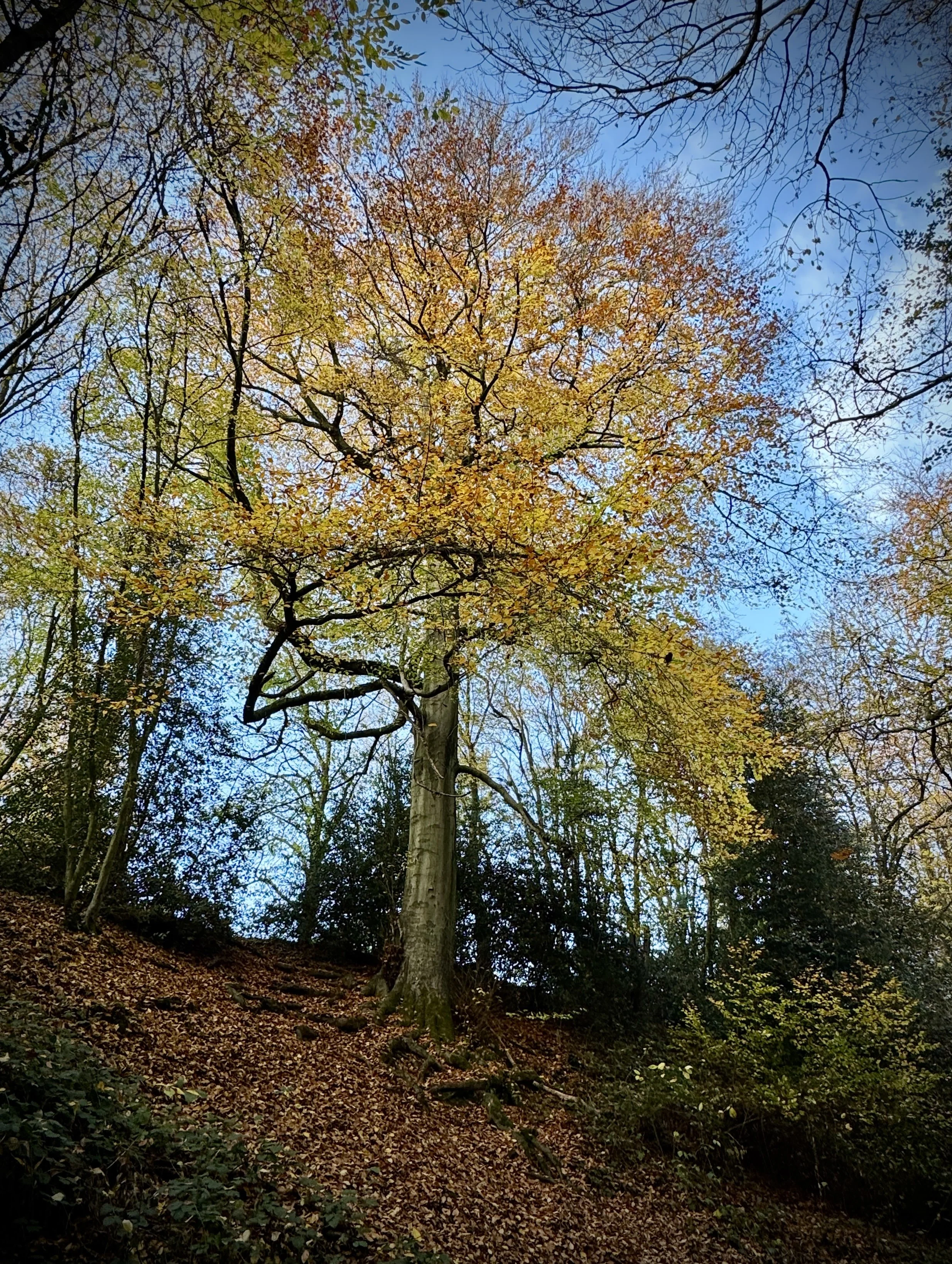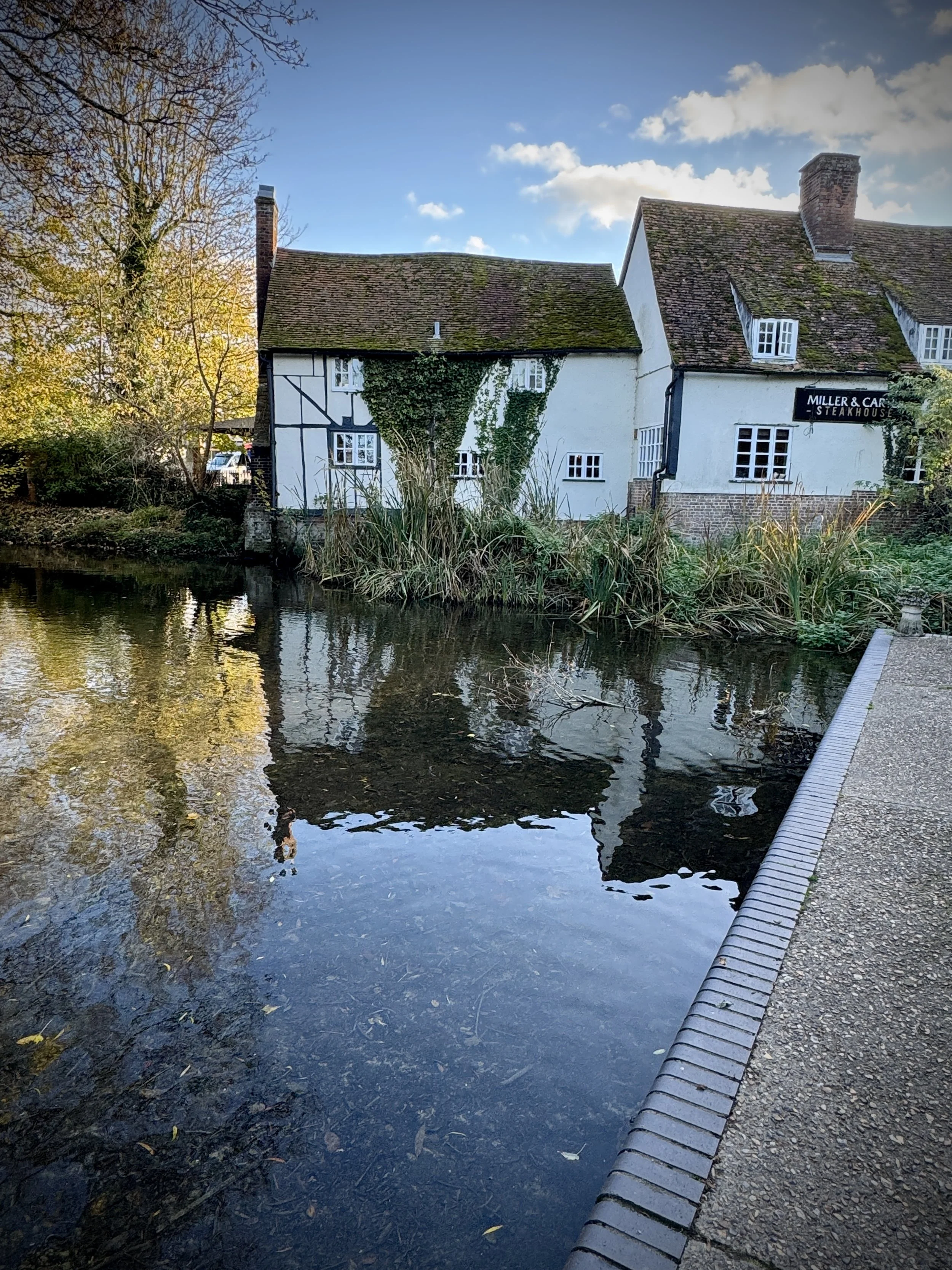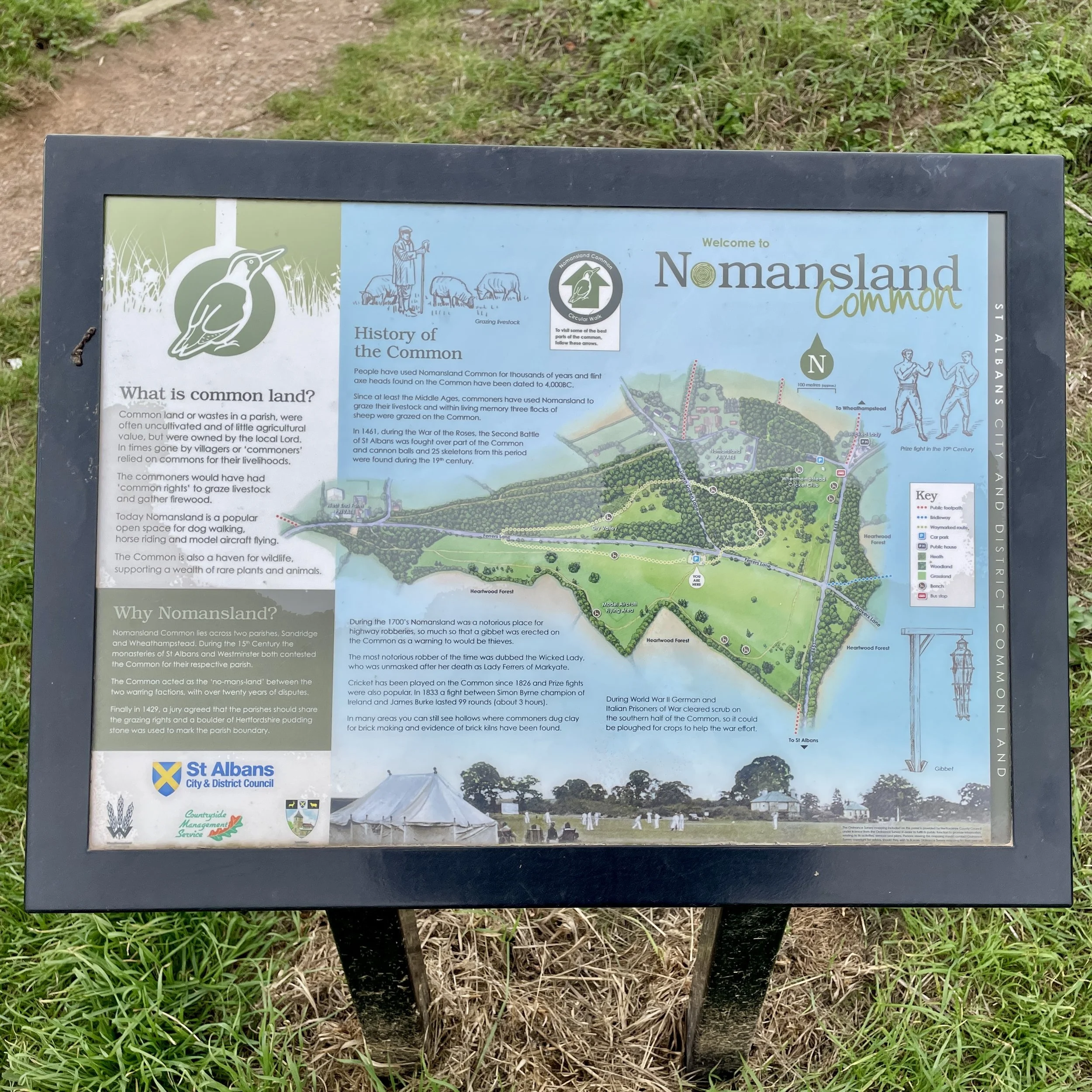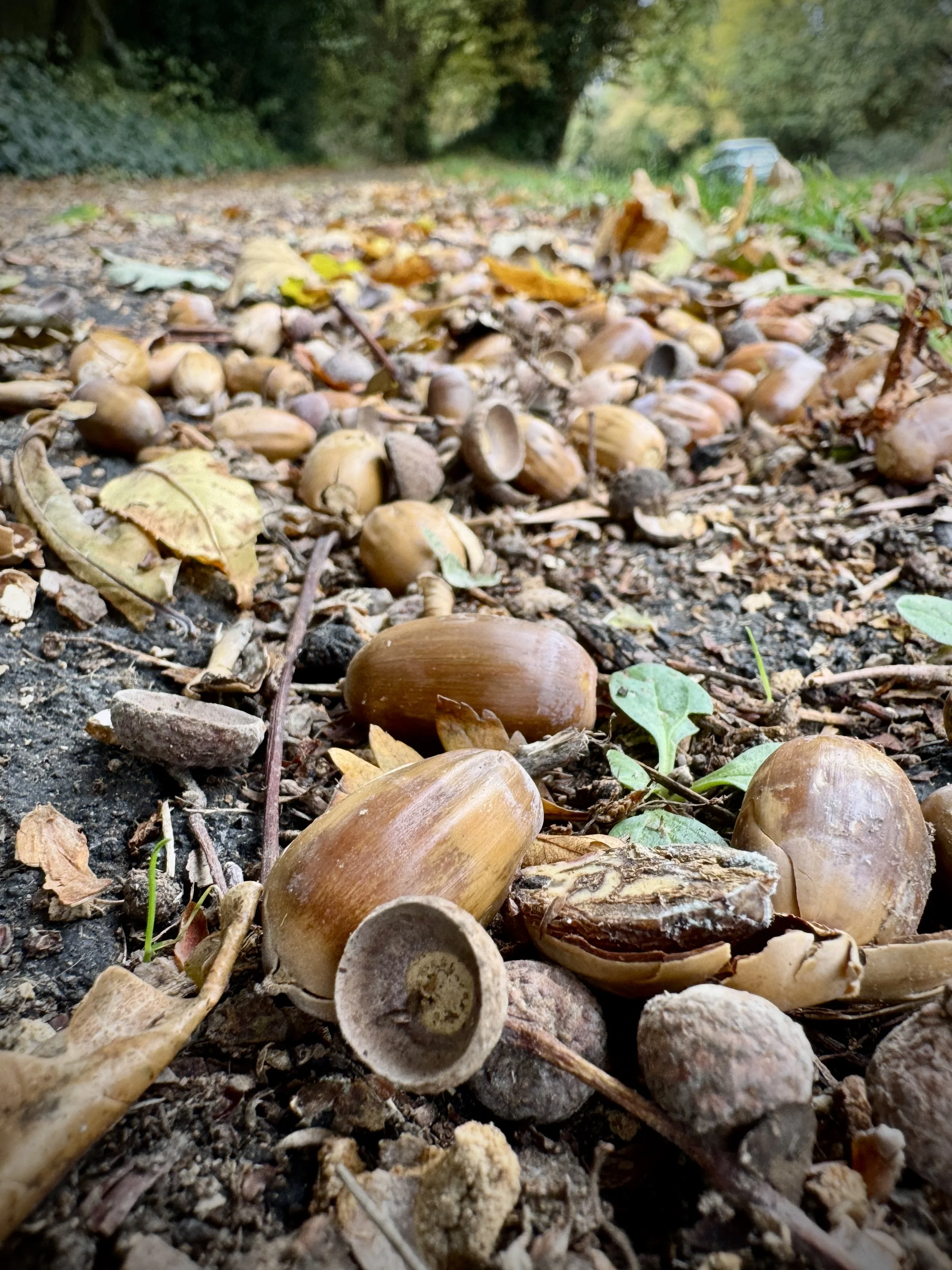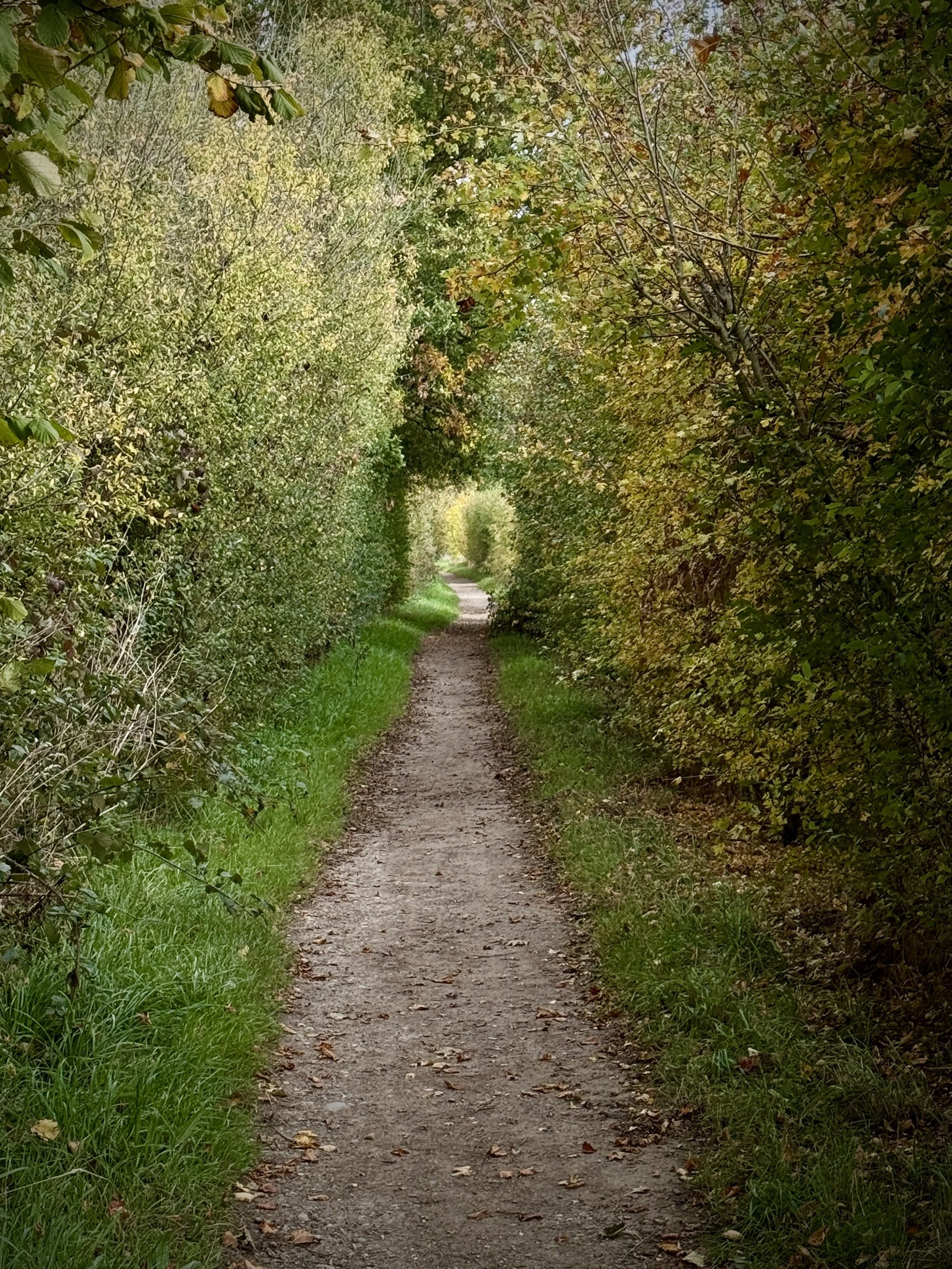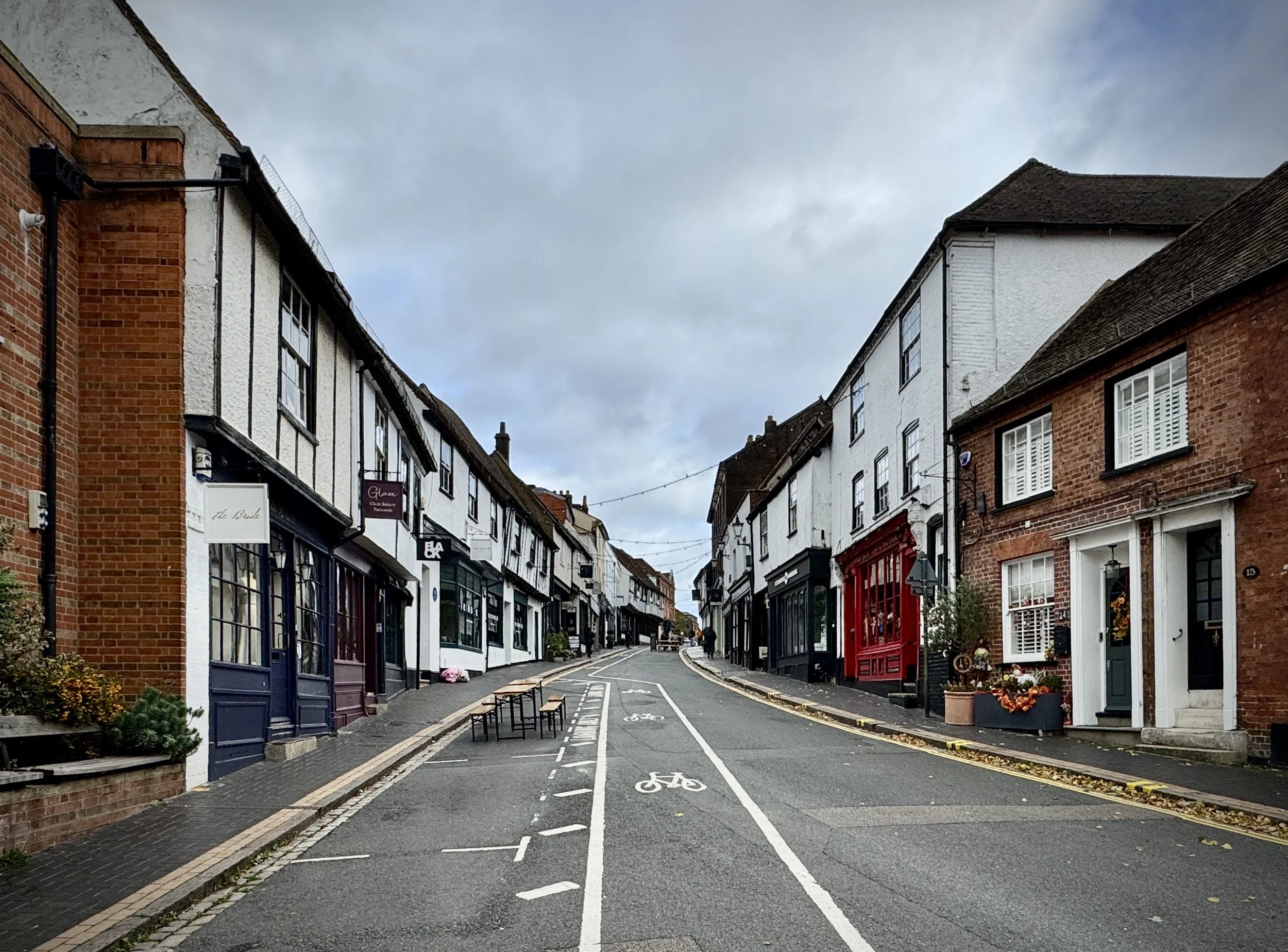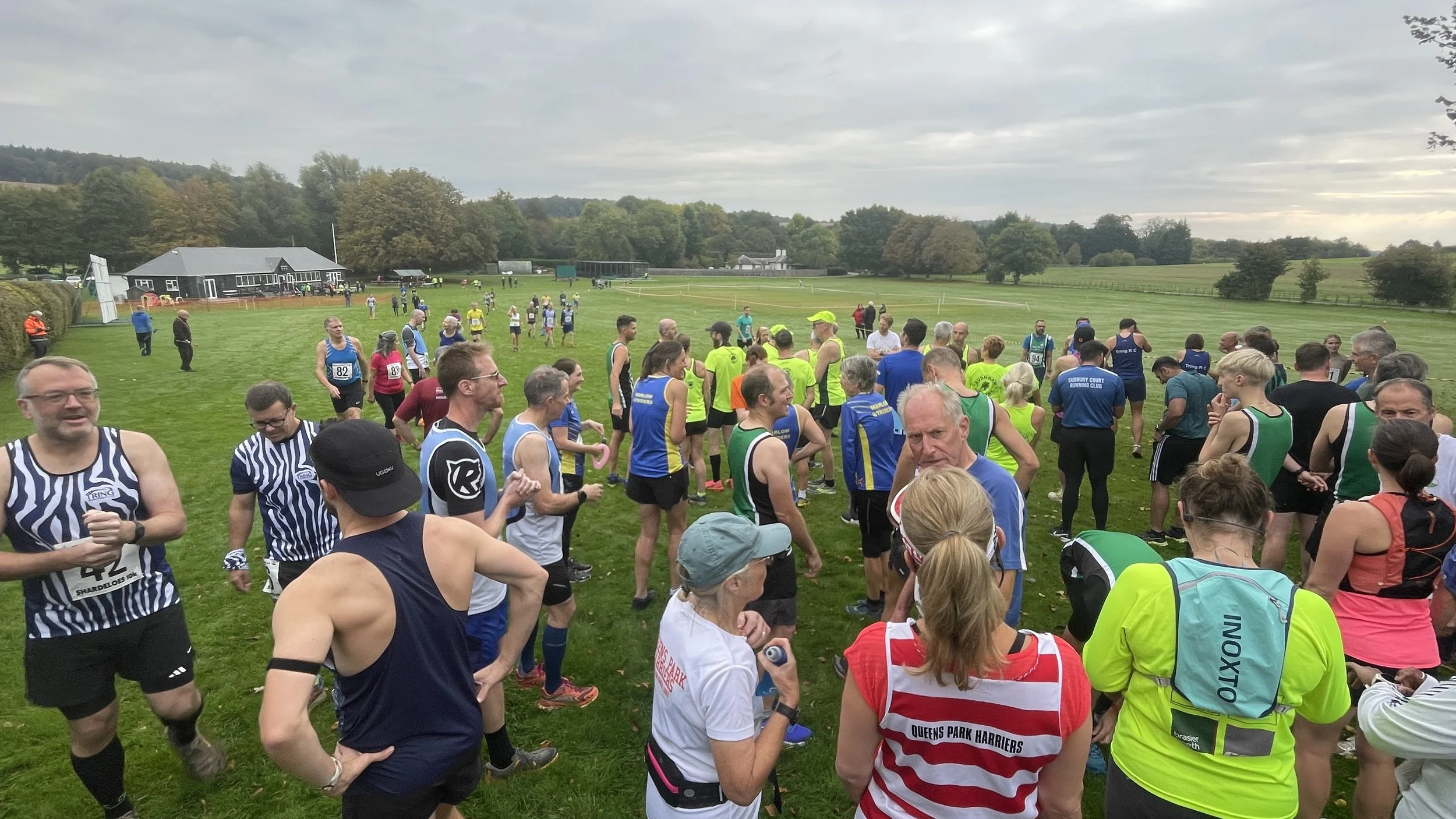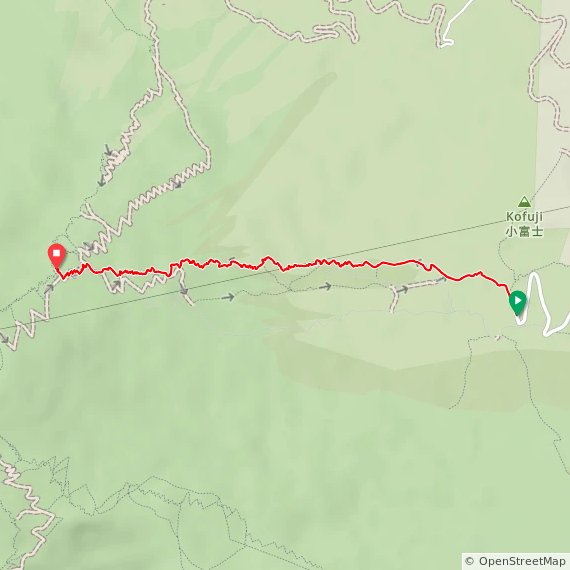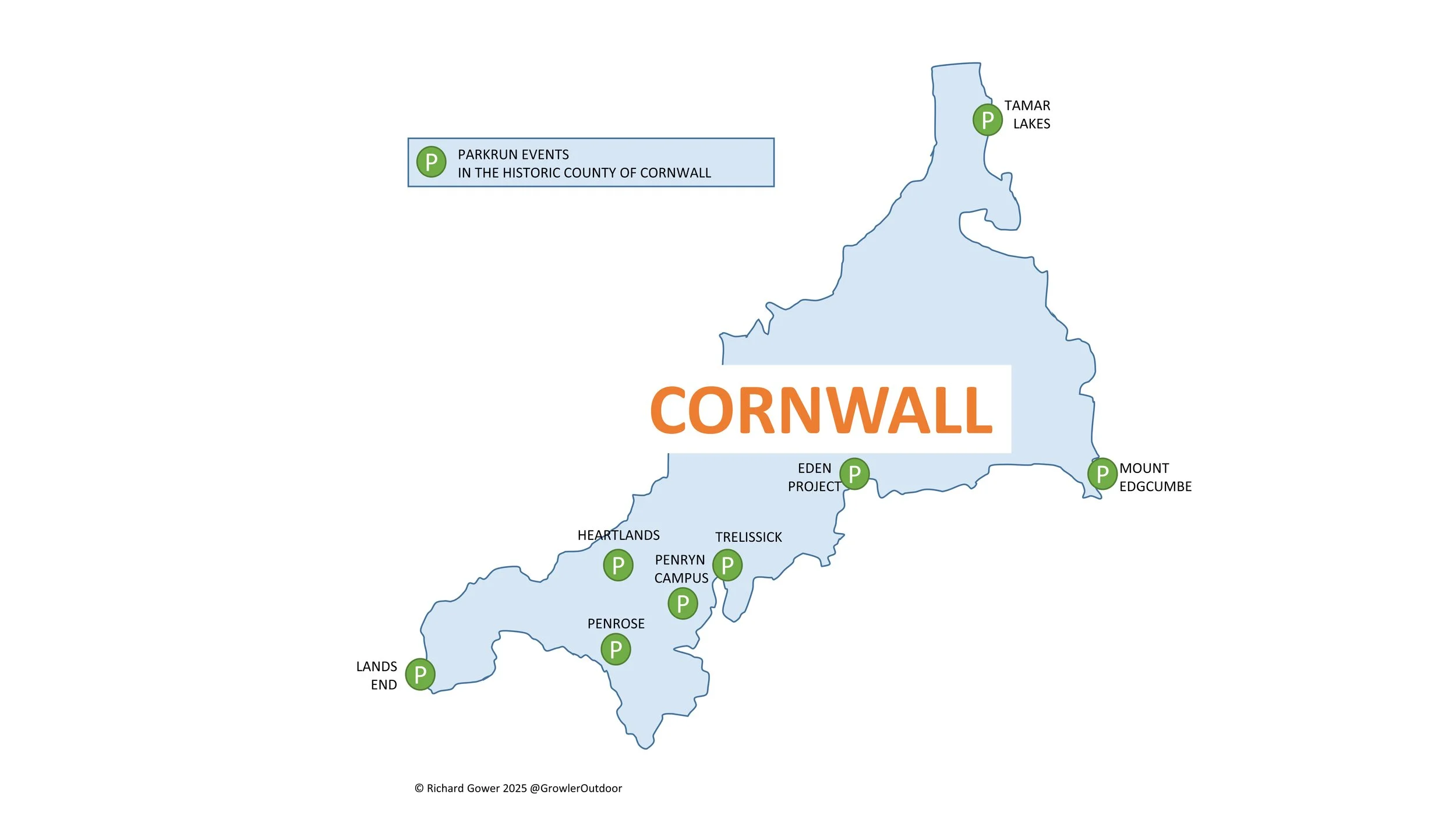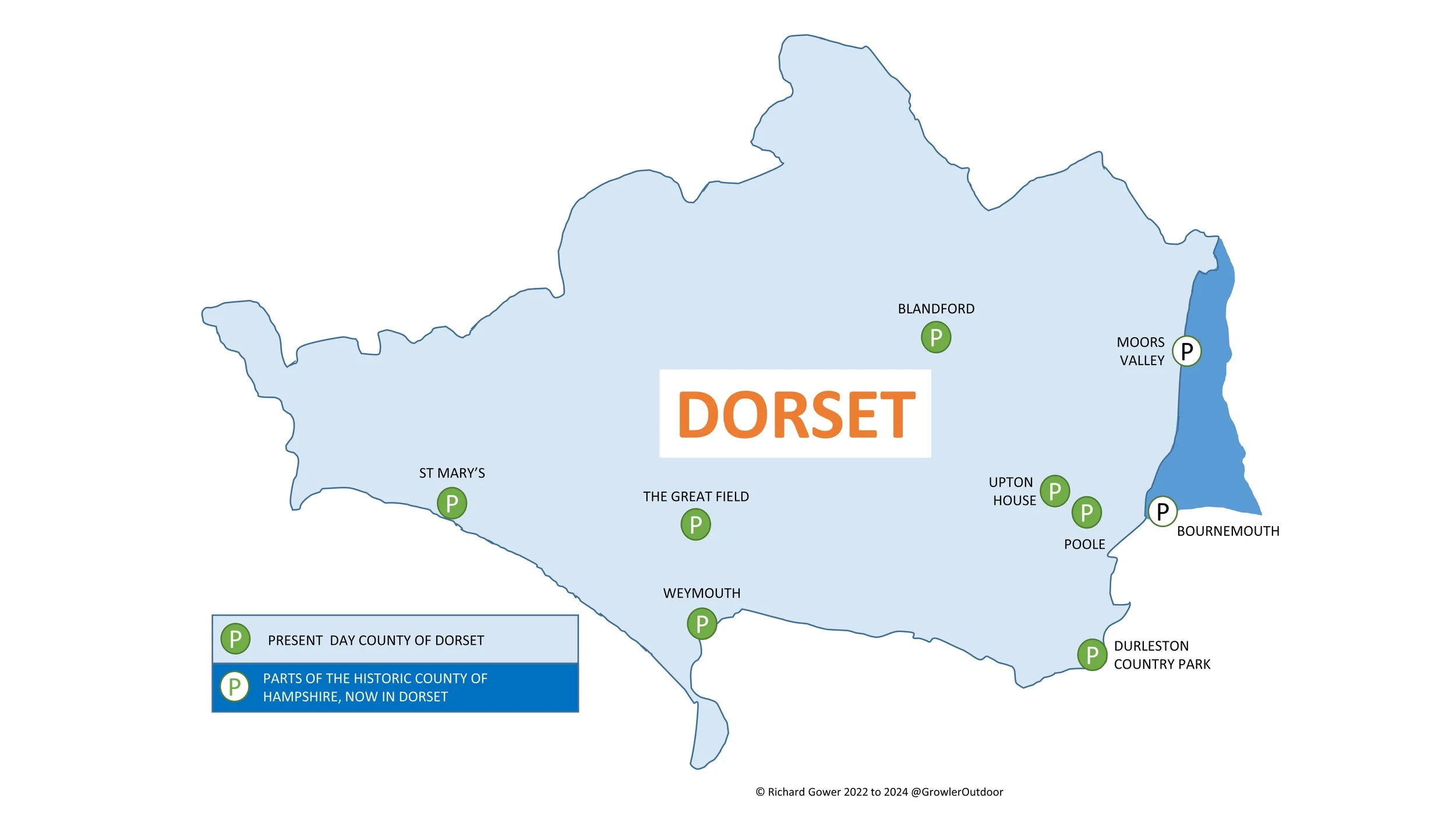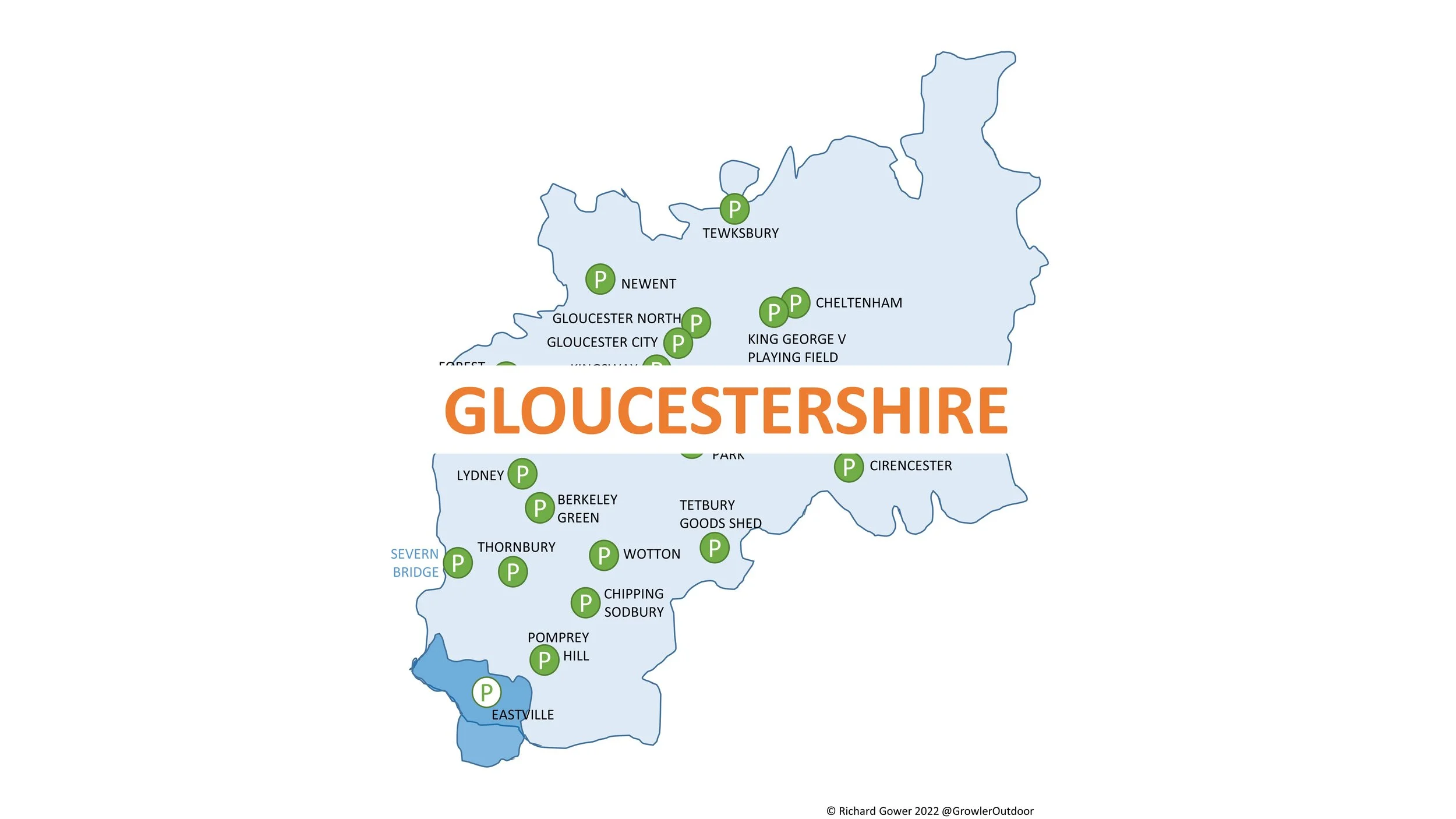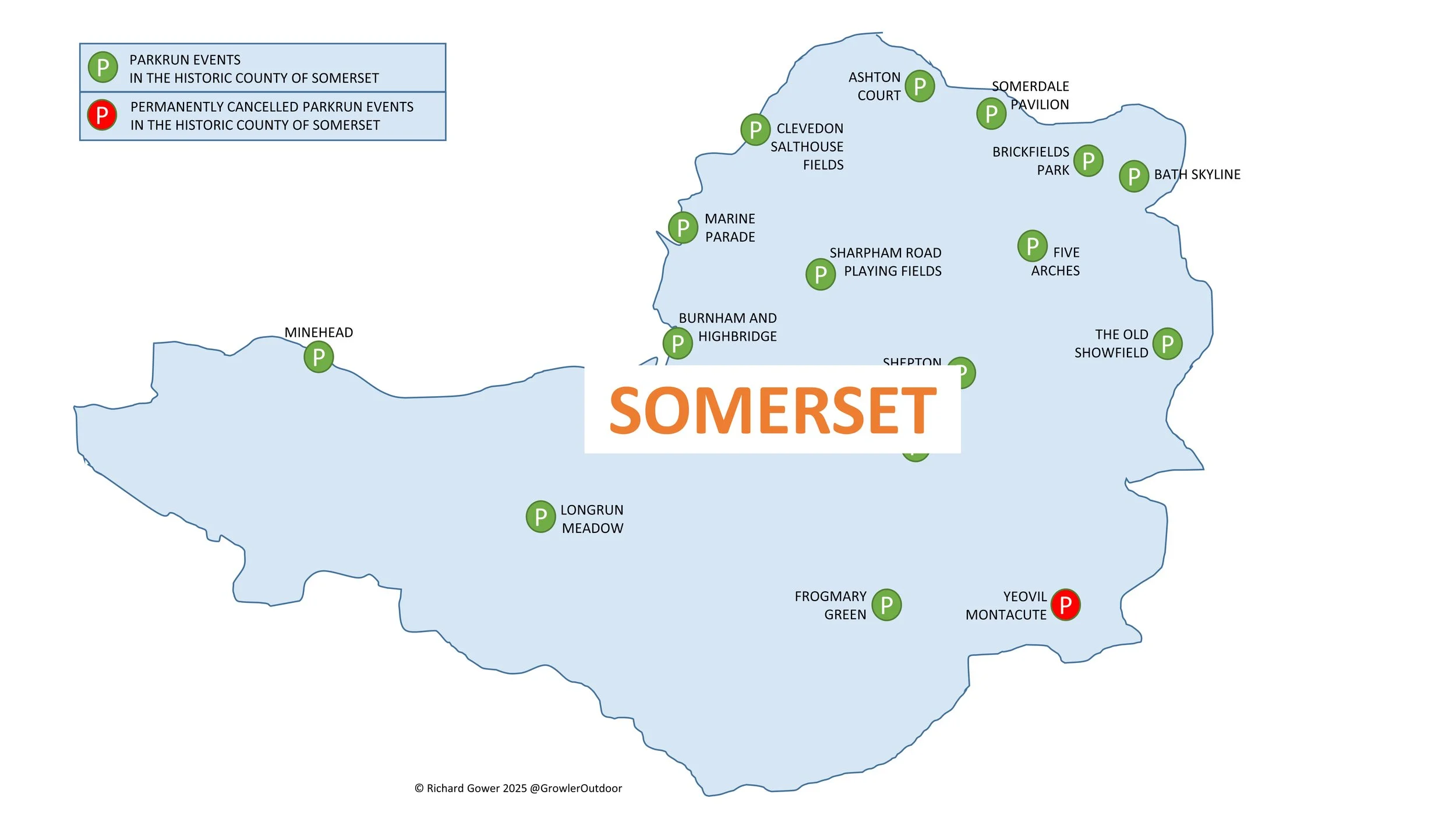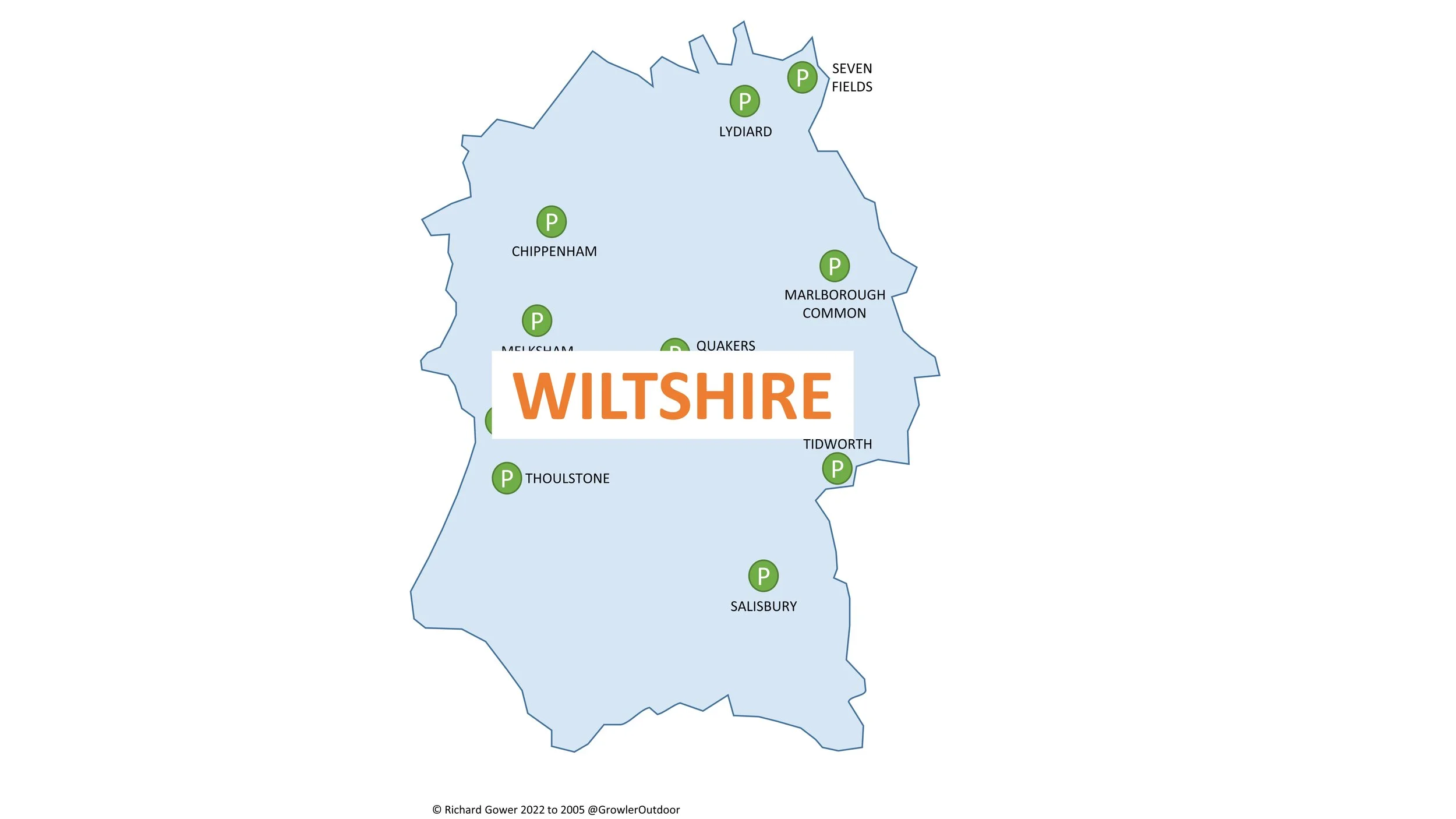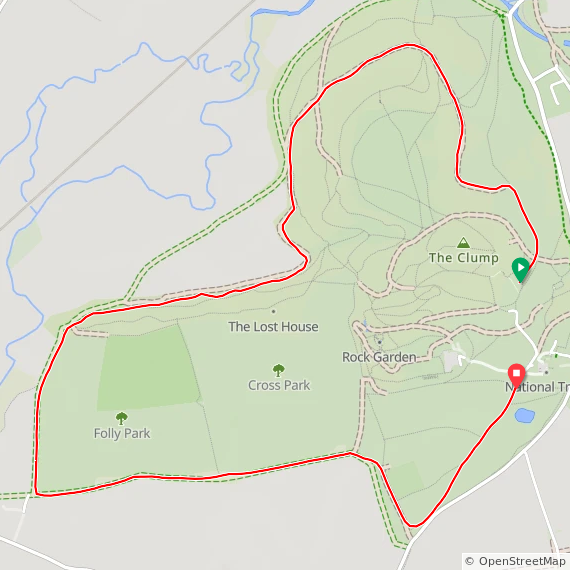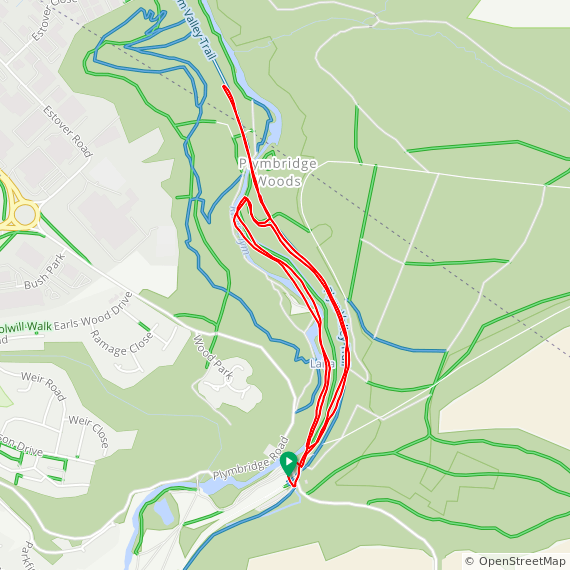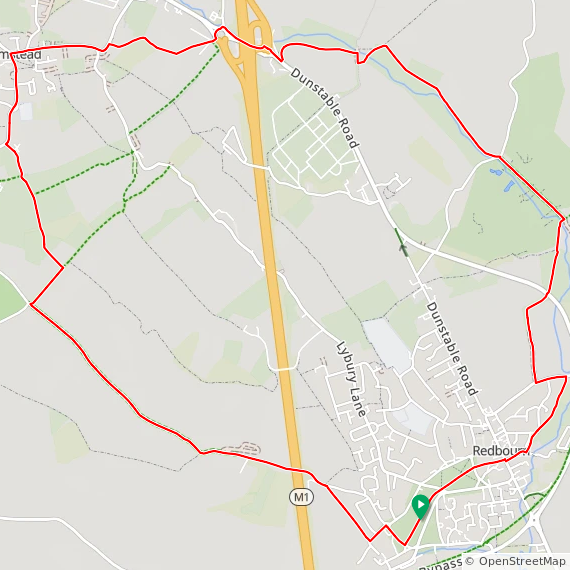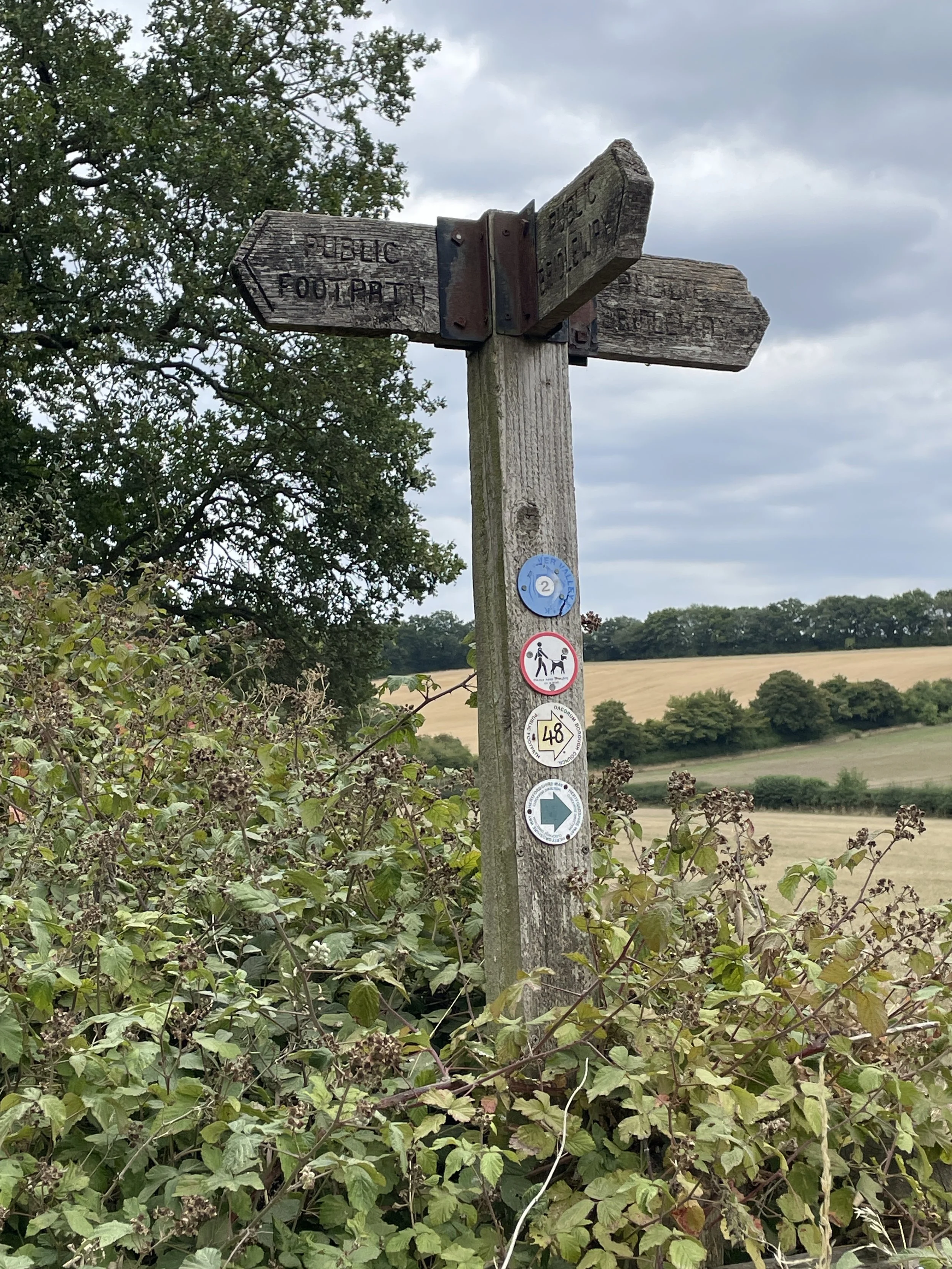There are currently 6 parkrun events in present-day Warwickshire of which I have not yet completed any. There are a further 6 parkrun events in the part of the Historic County of Warwickshire which are now in the present-day Ceremonial County of West Midlands.
The first event in Historic Warwickshire was Coventry which started on February 6th 2010. The newest is Holbrooks which started on August 5th 2023. I’m not aware of a collective name for having completed all Warwickshire parkrun events, but let me know in the comments below if you know of one.
Numbers exclude any events that are not open to the general public such as prisons or armed forces facilities.
The interactive maps below take you to the approximate location for the course, typically the centre of the park. See the course instructions in the parkrun page for each event for specific directions to the start. Course maps show the route at the time that I ran it and may have changed since then.
Babbs Mill
I have not yet completed this event
Historic County: Warwickshire
Ceremonial County: West Midlands
Inaugural: August 3rd 2019
Links: Event Home Page, Course Page
Bedworth
I have not yet completed this event
Historic County: Warwickshire
Ceremonial County: Warwickshire
Inaugural: February 17th 2018
Links: Event Home Page, Course Page
Brueton
I have not yet completed this event
Historic County: Warwickshire
Ceremonial County: West Midlands
Inaugural: July 24th 2010
Links: Event Home Page, Course Page
Coventry
I have not yet completed this event
Historic County: Warwickshire
Ceremonial County: West Midlands
Inaugural: February 6th 2010
Links: Event Home Page, Course Page
Edgbaston Reservoir
I have not yet completed this event
Historic County: Warwickshire
Ceremonial County: West Midlands
Inaugural: August 14th 2021
Links: Event Home Page, Course Page
Holbrooks
I have not yet completed this event
Historic County: Warwickshire
Ceremonial County: West Midlands
Inaugural: August 5th 2023
Links: Event Home Page, Course Page
Kingsbury Water
I have not yet completed this event
Historic County: Warwickshire
Ceremonial County: Warwickshire
Inaugural: July 20th 2013
Links: Event Home Page, Course Page
Leamington
I have not yet completed this event
Historic County: Warwickshire
Ceremonial County: Warwickshire
Inaugural: April 23rd 2011
Links: Event Home Page, Course Page
Rugby
I have not yet completed this event
Historic County: Warwickshire
Ceremonial County: Warwickshire
Inaugural: December 10th 2016
Links: Event Home Page, Course Page
Stratford-upon-Avon
I have not yet completed this event
Historic County: Warwickshire
Ceremonial County: Warwickshire
Inaugural: February 20th 2016
Links: Event Home Page, Course Page
Sutton Park
I have not yet completed this event
Historic County: Warwickshire
Ceremonial County: West Midlands
Inaugural: August 18th 2018
Links: Event Home Page, Course Page
Warwick Racecourse
I have not yet completed this event
Historic County: Warwickshire
Ceremonial County: Warwickshire
Inaugural: September 28th 2019
Links: Event Home Page, Course Page
More parkrun posts
parkruns are free, weekly, community 5k events all around the world. I started in December 2012 and have been obsessive about it ever since. See my parkrun Collection page for details.
Featured and popular parkrun posts:
















